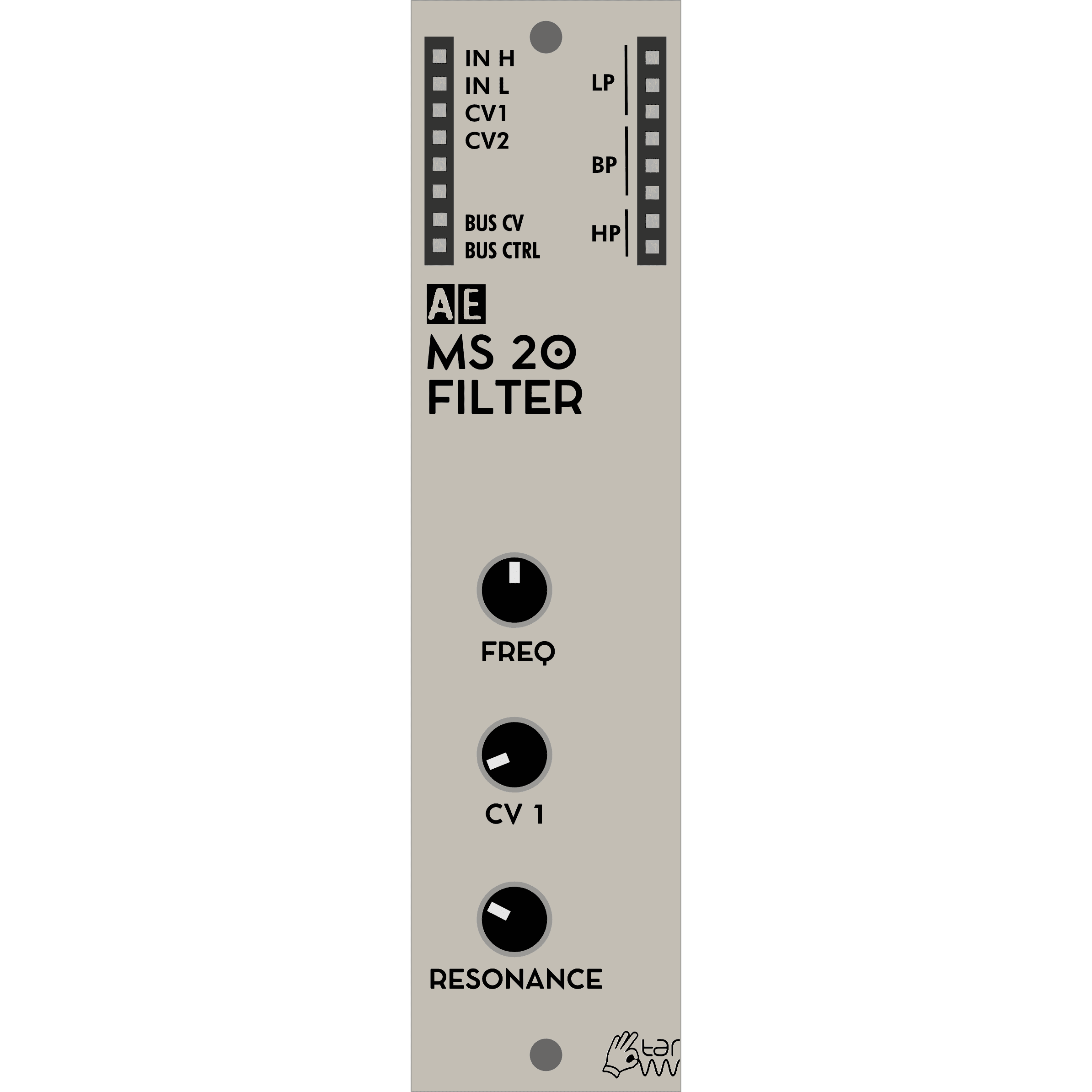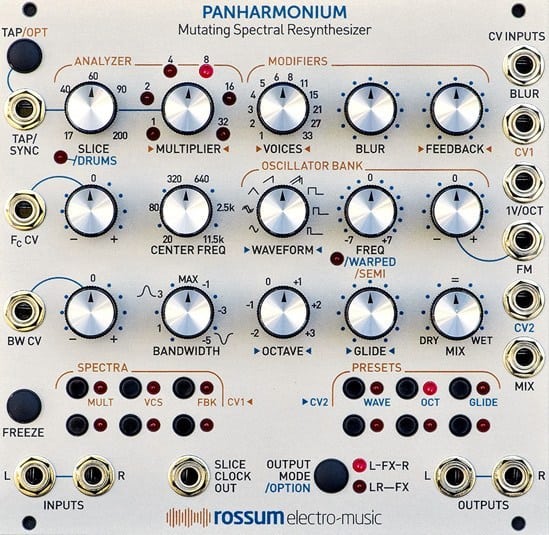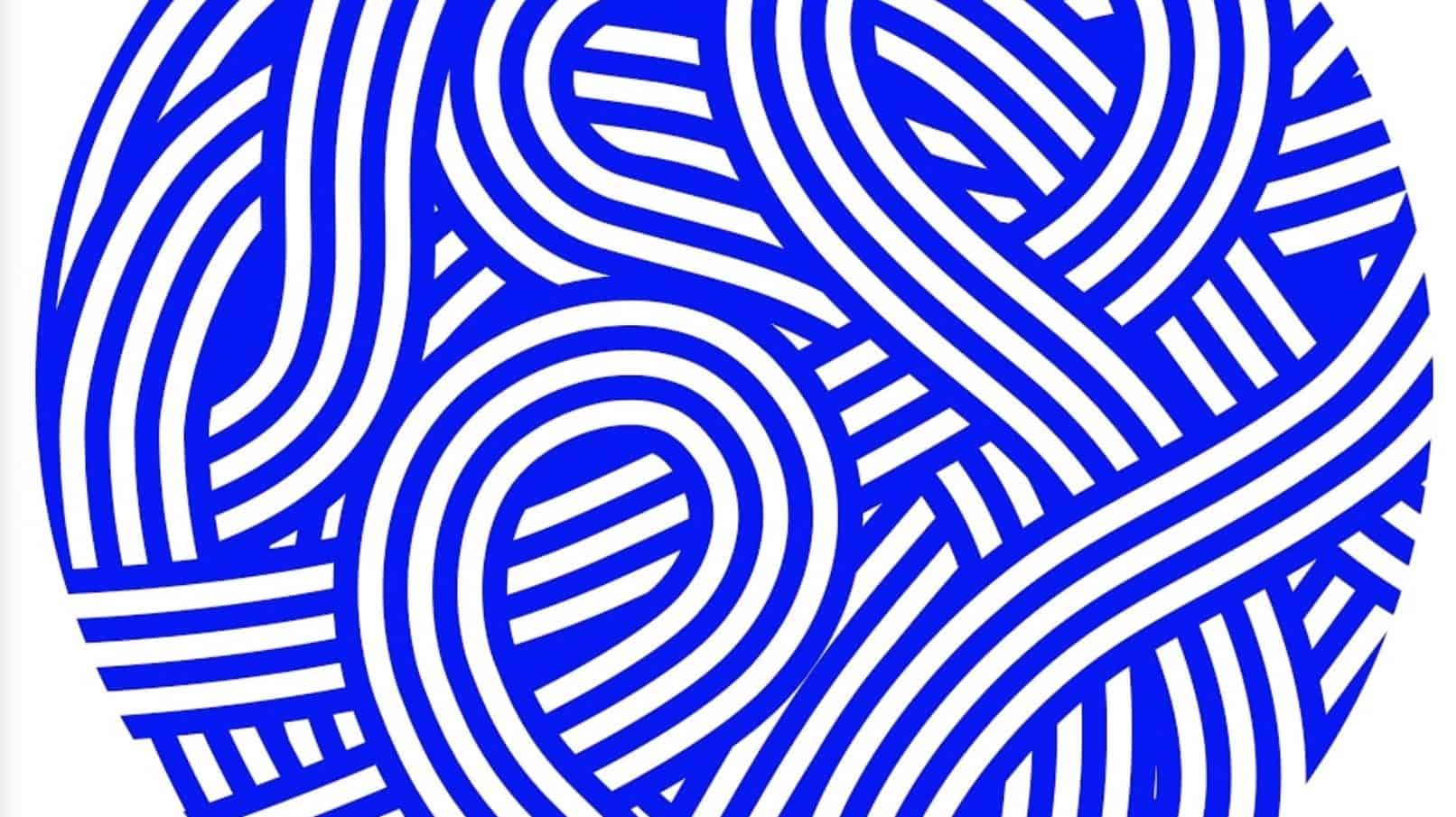Filter
Linnaeus by Dave Rossum Available

Linnaeus a Filter
Rossum Electro-Music launched a new Module. Following in the tradition of Evolution and Morpheus, LINNAEUS signifies yet another Dave Rossum innovation in filter technology.
LINNAEUS is a stereo state-variable filter that provides the unique ability to linearly modulate its resonant frequency through zero into negative frequency while maintaining stability. With extensive voltage control of nearly every parameter, Linnaeus lets you manipulate the filter’s natural response curve in new ways, to create both subtle and dramatic timbral effects. And with a “one-knob-per-parameter” interface, LINNAEUS inspires sonic creativity that invites (and rewards) real-time interaction.
LINNAEUS’s cutoff/resonant frequency is exponentially voltage controllable from sub-audio to ultrasonic frequencies, while its resonant gain (Q) is exponentially voltage controllable from 0dB to greater than 60dB.
LINNAEUS’s channel output response characteristics are independently and continuously variable from Lowpass, through Bandpass, Highpass, and Notch, to Low and High Shelving characteristics. Voltage control of the response characteristics is independently selectable for each of the two channels.
LINNAEUS features include:
- Ultra-wide frequency range, exponentially voltage-controllable from sub-audio to ultrasonic via precise 1V/OCT and attenuated CV inputs
- Thru-zero linear frequency modulation via an internal modulation oscillator and/or an external linear FM input
- Variable linear modulation index, voltage-controllable via an attenuverted CV input
- Resonance (Q) exponentially voltage-controllable from 0dB to greater than 60dB via 6dB/V and attenuverted CV inputs
- Continuously variable response characteristics independently selectable for each of the two channels via individual Enable controls. Characteristics include Lowpass (12db/oct and 6db/oct), Bandpass, Highpass (12db/oct and 6db/oct), Notch, and Low and High Shelving
- Voltage control of response characteristics via an attenuverted CV input. Individual Enable controls let you independently enable or disable CV control of response for each channel
- An integrated modulation oscillator with the continuously variable waveform from Off through Sine, Triangle, Sawtooth, and Square. Its frequency can be exponentially voltage controlled via an attenuverted CV input
- A Track control that lets the modulation oscillator precisely track the filter’s exponential frequency
- Stereo inputs and outputs. LINNAEUS can process a stereo signal or two independent mono signals. While the two channels share the filter’s cutoff/resonant frequency, the filter response characteristics can be independently controlled for each channel
- The solid, high-quality construction you expect from Rossum Electro-Music
The voltage-controllable modulation oscillator can track the filter’s exponential frequency or operate independently. The modulation oscillator’s output waveform is continuously variable from Off through Sine, Triangle, and Sawtooth, to Square. The modulation oscillator output is summed with the external linear FM input and applied to the modulation index VCA, which controls the linear thru-zero modulation index from zero to 8X. The modulation index is, of course, also voltage controllable.
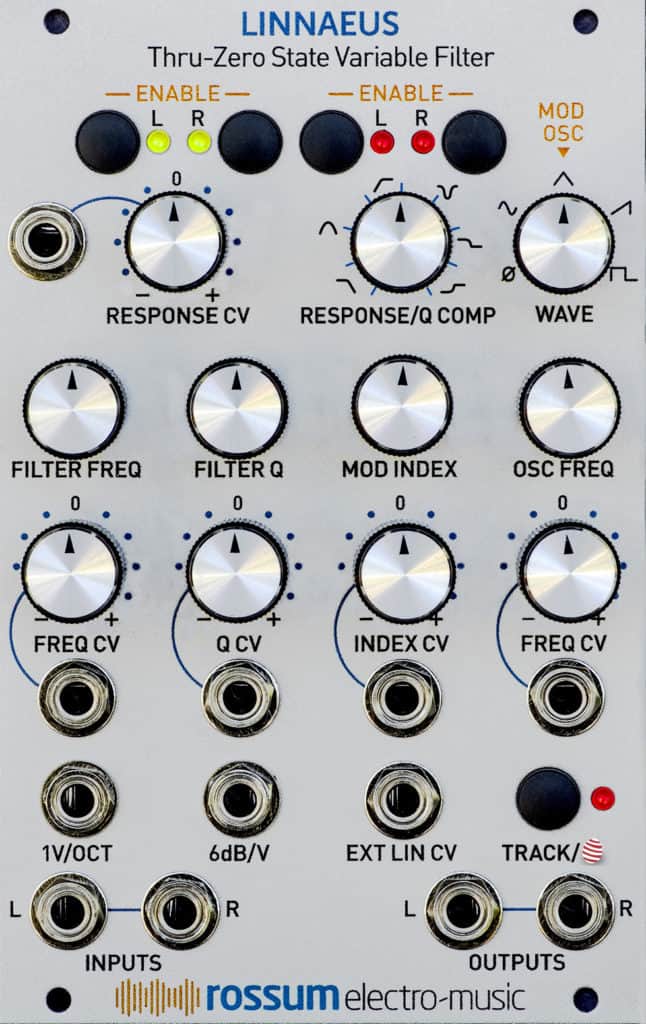
What’s with the Egg Button?
Beta tester Chris Meyer raised the possibility of alternative behavior that would let Linnaeus function as a self-contained (i.e., no input required) stereo oscillator and/or FM percussion voice with some really powerful timbral capabilities. While Dave Rossum was initially hesitant to try to shoehorn the new functions into the existing interface, once Dave had prototyped them, it was clear it was just too cool not to include. The result was a form of alternate “Ping Mode” firmware accessed by pressing and holding the Egg button.
eurorack
Steve’s MS-22 Eurorack Filter – Update on the Next Batch
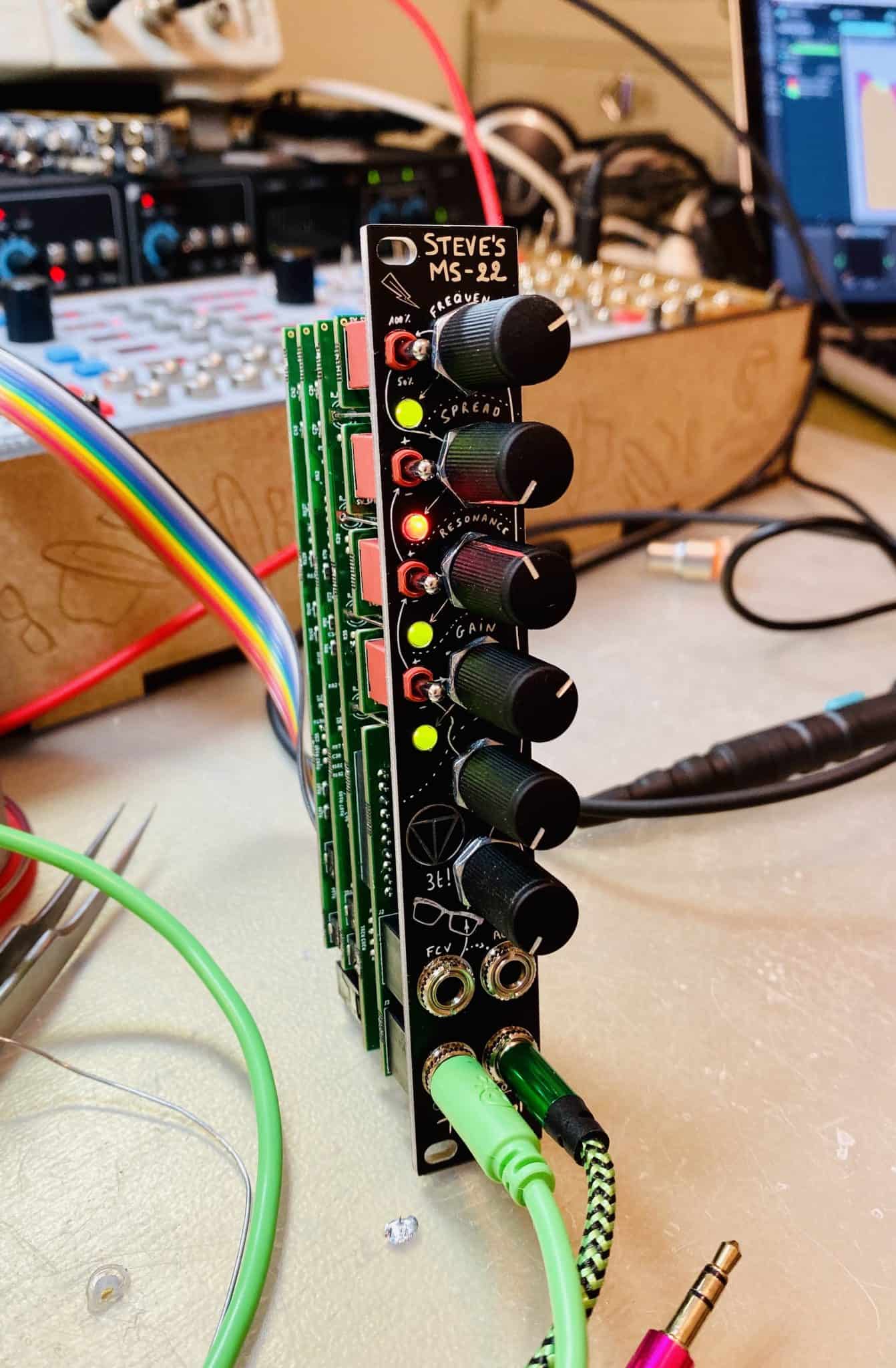
Steve’s MS-22 Eurorack Filter
The MS-22 is a dual voltage controlled filter, inspired by the classic Korg MS-20 filter, with an innovative modulation matrix and one of the highest function-to-hp ratios in the land of Eurorack. This module was inspired by many pleasant chats with tech journalist Steve O’Hear.

What makes the MS-22 unique
The MS-22 contains two dedicated filter circuits, one low-pass and the other a high-pass. These are configured in series, the low-pass going into the high-pass. This configuration allows for a unique duophonic fighting resonance behaviour (see the demo video below). The cutoff frequencies of both filters can be CV’ed. Compared to most bread-and-butter MS-20 clones, the MS-22 is twice the amount of filter condensed down into half the package (4HP).
Furthermore, the MS-22 also possesses the following selling points :
- The MS-22 offers CV control over input gain, basically, this allows you to either CV the level of filter overdrive or use it as A VCA for the signal going into the filter
- The MS-22 offers CV control over resonance, the MS-22’s resonance can also be pushed way further compared to Korg’s MS-20
- The MS-22 has a link switch, which links the cutoff frequencies of the low-pass and high-pass filters in two different ratios. This creates two flavors of band-pass filters, of which the bandwidth can be tweaked and CV’ed. The switch itself also serves as an awesome performance effect as you can use it to create an instant drop. I demonstrate this near the end of this video.
- The MS-22 has a unique modulation matrix that allows configuring many internal patches without using cables. The modulation matrix is designed to encourage happy accidents!
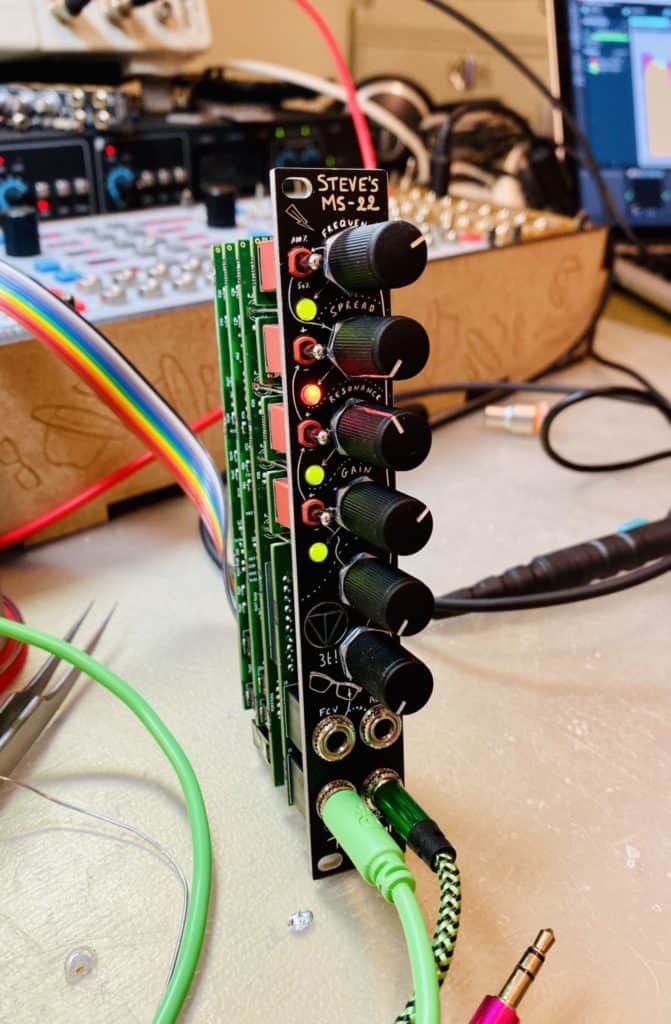
The next batch of Steve’s MS-22 is planned to ship in April 2021. Pre-orders for this batch starting next week (barring zombie apocalypse happening).
Vult DSP
Vult DSP – New Freak Firmware v2.5 Released
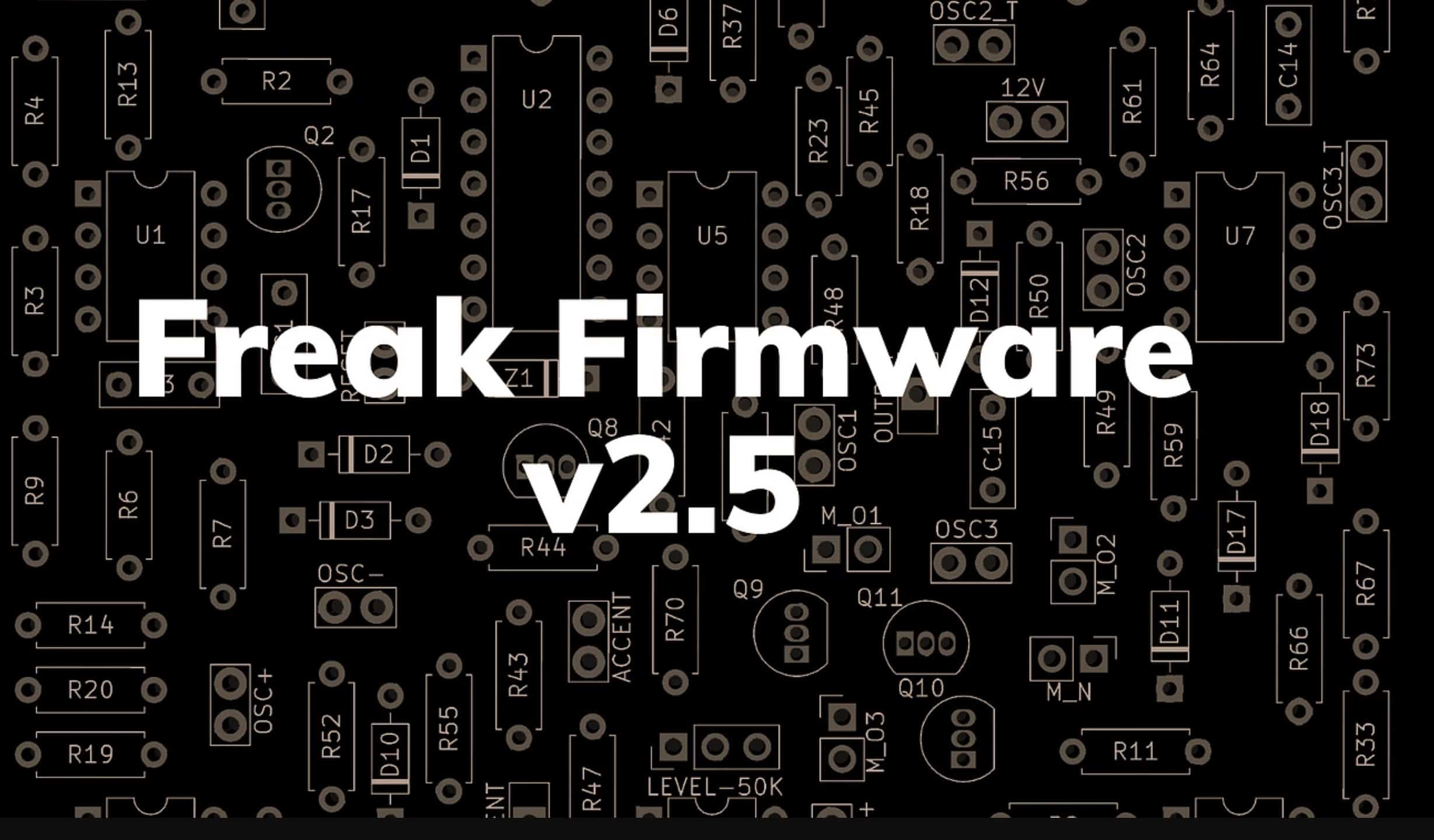
Freak Firmware v2.5
You may already know because most of the new features were requested by the Vult DSP customers. Vult DSP implemented almost all the requests; in one shape or other. The ones that didn’t implemented, are safely stored in the Vult DSP backlog and will work on them for a future release.
This release has a lot of UI improvements. Probably the most important is that now you can select filters backward! If you keep the filter button pressed for about 1 second it will go to the previous model.
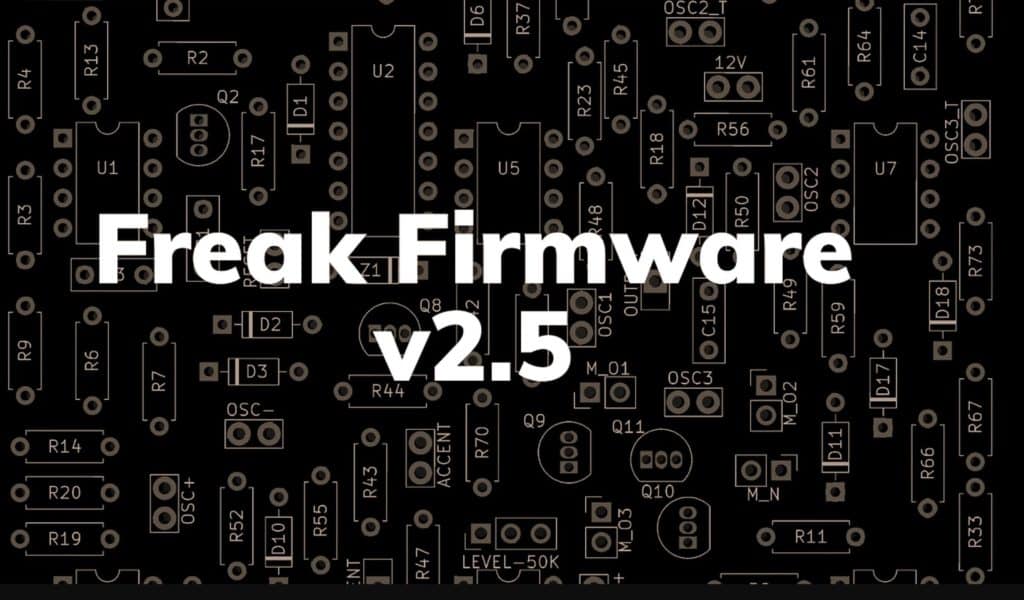
A silent improvement that you may not notice is that now the filters change without producing audible clicks or pops. This was a bit tricky to get right.
More settings
In the previous release, Vult DSP introduced the possibility of using “integrated VCAs” to control the filter output. In this release there are a few extra things that you can configure in your module:
- Output signal range: lower the volume of the sound
- Modulations voltage range: accept either 5 or 10 V
- Stereo modulation: cutoff input inversely modulates the the filters
- Output mix: mix the L and R channels
New models
The first new model is Phonok: vowel resonator. Phonok consists of a pair of LP and BP filters tuned to the two main formant frequencies. This resonator changes the tone of the input signal and makes it sound like the corresponding vowel. Phonok can be use to add some nice harmonics to the sound or to make your filter scream in pain “ai-ai-ai”.
Nurage gets some love in this release. Vult DSP has been obsessively experimenting with vactrols in order to improve my models. My new vactrol model is nicer more nonlinear. Since simulated vactrols can be modified at will, the Nurage filter includes now three types. Basically, each model changes in a way that makes it feel like it has a longer “decay”.
The last addition is Nurage-VCA. Low Pass Gates usually have a mode that, for lack of a better name, it is called “both”: a low pass filter and a VCA. Because this mode changes the gain, it also affects the resonance. In this case I have replaced the resonance control for a single parameter that morphs between the different vactrol models. The result is a kind of “decay” control, but with a nice and natural envelope.
Current Filters included:
- Tangents: Steiner-Parker filter (three variations, LP, HP, BP).
- Lateralus: Ladder filter (6, 12, 8 and 24dB options)
- Nurage: Low pass gate/Borg filter
- Nurage-VCA: VCA+LPG variable vactrol
- Ferox: CMOS filter (LP, HP, BP, Notch)
- Vortex: Russian filter (LP, BP)
- Stabile: State-Variable filter (LP, HP, BP)
- Unstabile Circuit bent State-Variable filter (LP, HP, BP)
- Vorg: MS-20 style filter (LP, HP)
- Rescomb: Resonant Comb filter (Comb+ and Comb-)
- Boomstick: Sallen-Key filter (LP,HP)
- Disjoint: DJ-Style filter (48db, 96dB)
- Debriatus: Wave Destructor (Bit Crush, Wave Fold, Distortion)
- Nopskate: Flip-flop octaver
- Flame: Analog distortion (Rodent, Cylinder)
- Phonok: Vowel resonator
Stability
This new firmware also has a lot of small optimizations that should make the module more stable. If you ever experienced your module freezing, I apologize for that. Hopefully, all future releases will be rock-solid now that I have detected the root of the issue.
Pricing and Availability
You can get the new firmware following the links in the main Freak page. The filter is available fully assembled or as DIY kit.

eurorack
Bastl Instruments new IKARIE Stereo/Dual Peak Eurorack Filter Module
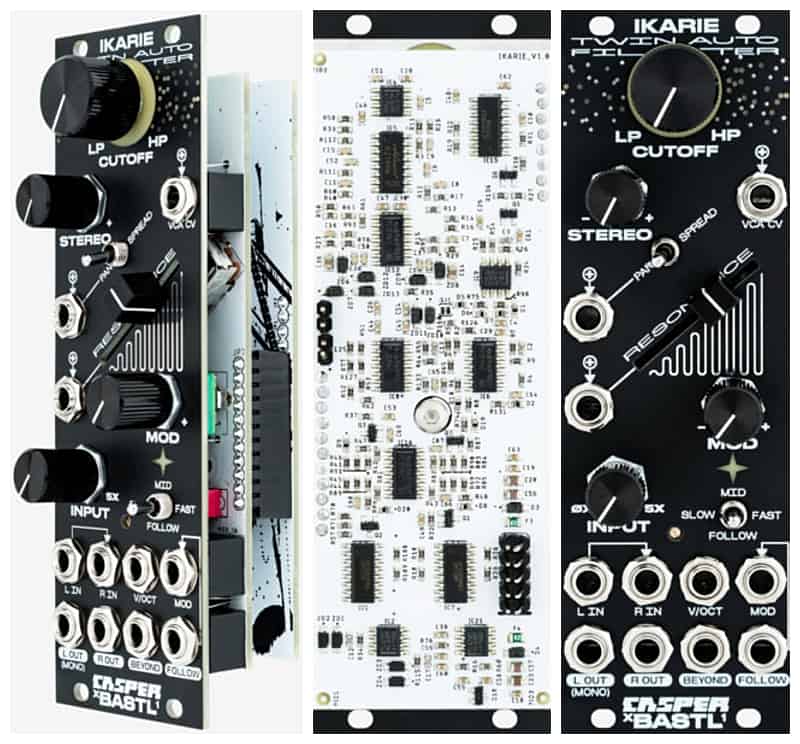
IKARIE Stereo/Dual Peak Eurorack Filter Module
Ikarie is a uniquely sculpted, flexible stereo or dual peak filter module. It can continuously transition between lowpass and highpass filtering with a single knob. It also packs in an envelope follower for the incoming audio signal, which comes in handy when you’re looking to increase your sound’s internal animation.
IKARIE Features
- two parallel filter cores (left and right)
- based on 12dB/oct state variable filter topology
- unique lowpass/highpass switching control scheme
- well balanced voltage controlled resonance circuit
- envelope follower with 3 decay settings
- input gain up to 5 times
- stereo modulation – either panning of filter detuning
- flexible patch programmable topology
- beyond output for difference spectrums (twin peak filter)
- modulation attenuverter
- v/oct input with scaling trimmer accessible from the front panel
- output stereo VCA



Two parallel filter cores can be modulated in sync for work in the stereo realm, set apart for unique stereo effects (with either mono or stereo signal at the base), or chained together to make a 24 dB filter.
With only the mono output of the filter used, Ikarie behaves as a dual peak filter, which evokes formant-type sounds and rich, at will piercing, throaty resonance. The Beyond output gives you the spectral difference of the two filters, effectively turning the unit into a so-called twin peak filter.
Add an internal VCA, CV control over panning and resonance, optional overdrive of the input, and you can explore a vast universe of sound design possibilities, from liquidy through pinged percussive to lush and eerie. All in a very compact form factor, with tons of space for precision and creativity.
This module results from a collaboration between Václav Peloušek of Bastl Instruments and Peter Edwards of Casperelectronics. While Edwards’ obsessive attention to detail gave this filter a uniquely balanced resonance and envelope response, the expertise of Peloušek delivered a one-hand user experience filter with a distinctive control scheme at a minimal footprint.
About Bastl
Bastl Instruments (est. 2013) is an indie company focusing on the development and production of a variety of electronic musical instruments: portable sound boxes, standalone analog synthesizers, granular samplers, studio instruments, and utilities, Eurorack modules, and fully-featured Eurorack modular synthesizer systems. Bastl is based in Brno, Czech Republic, but our products have gained a worldwide fanbase. The Bastl Instruments gear has received raving reviews, and it has been used by electronic music legends such as Depeche Mode, Nine Inch Nails, or Radiohead. Bastl organizes all sorts of projects for both local and global communities, such as parties, concerts, DIY workshops, courses, coffee roasting, record label, and even clothing production.
-
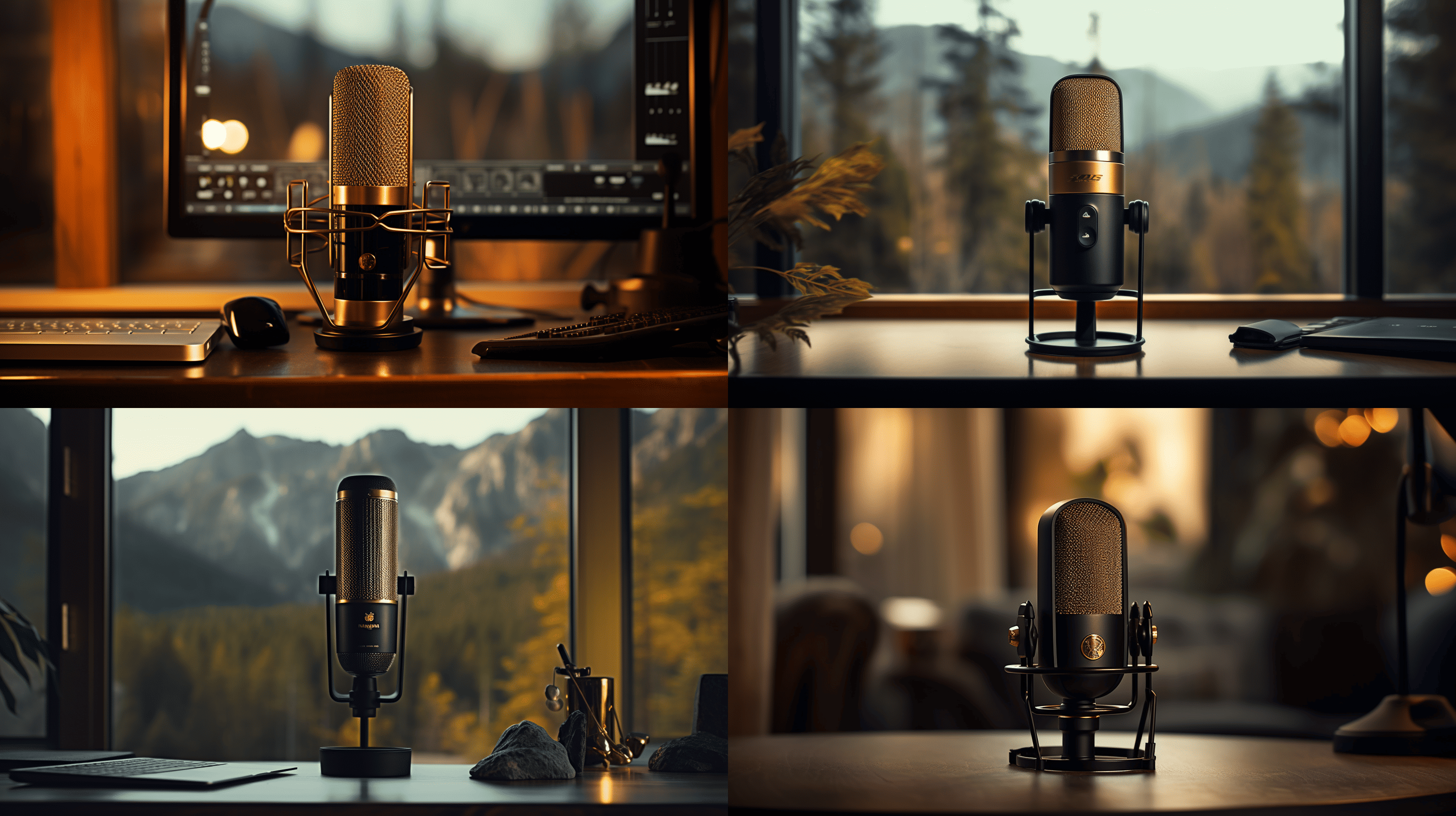
 Microphone1 day ago
Microphone1 day agoUnleash Your Inner Podcaster: Discover the Best Microphone for Crisp, Clear Audio
-

 Music Theory4 days ago
Music Theory4 days agoUnlocking Nature’s Harmony: The Power of 432 Hz Frequency in Sound & Music for Enhanced Living and Well-Being
-

 Sound Design1 week ago
Sound Design1 week agoWhat Is the Difference Between a Sound Engineer and A Sound Designer?
-

 Native Instruments Kontakt4 days ago
Native Instruments Kontakt4 days agoVOCAL AI – Animated Intelligence: The Ultimate Vocal Playground
-

 Sound Design1 week ago
Sound Design1 week agoWhy Sound Engineer
-
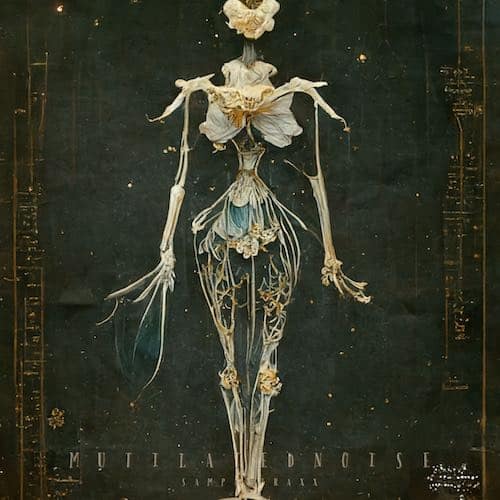
 Composing2 days ago
Composing2 days agoMUTILATED NOISE by SampleTraxx: The Next Generation Sound Collection
-

 Vetted3 months ago
Vetted3 months ago11 Best Gore Websites to Explore the Darker Side of the Internet
-
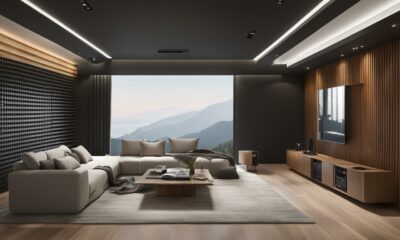
 Expert Guides3 months ago
Expert Guides3 months agoOptimize Your Space with Room Acoustic Treatment

